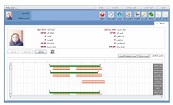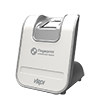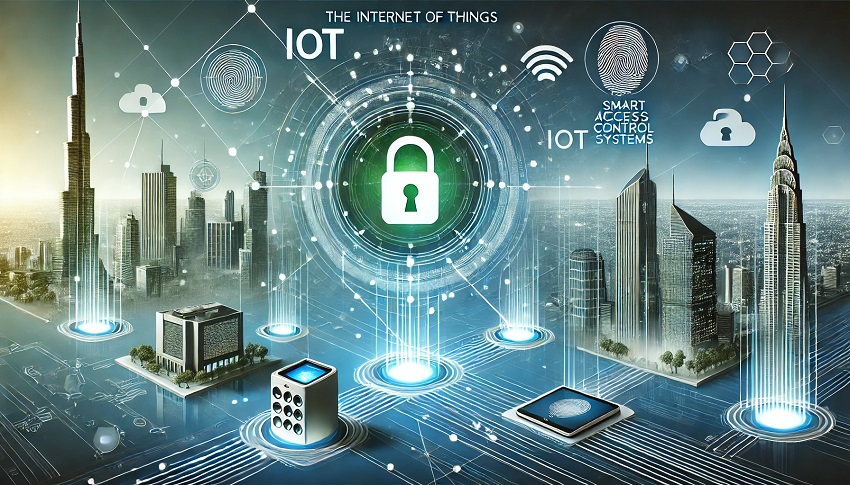The Internet of Things (IoT) is transforming industries globally, and its integration into attendance systems and access control solutions is no exception. By connecting devices to the internet, IoT enables real-time data exchange, enhancing the efficiency, security, and user experience of these systems. This article explores how IoT has revolutionized "attendance systems", "control of access", and "traffic monitoring", discussing its benefits, challenges, and real-world applications.
What is IoT and How Does It Work?
The Internet of Things refers to a network of interconnected devices embedded with sensors, software, and technologies enabling them to communicate and exchange data. IoT devices collect and analyze data, which can then be used to improve efficiency and functionality.
In the context of access control and attendance systems, IoT allows seamless integration between biometric devices, smart cameras, cloud databases, and mobile apps. This connectivity enables real-time "attendance tracking" and "access monitoring", enhancing operational efficiency.
IoT in Attendance Systems
Access control systems secure premises by restricting entry to authorized individuals. IoT enhances these systems by enabling features like remote access, real-time monitoring, and AI-based threat detection.
IoT-Based Innovations in Access Control
- Smart Locks: Operable via smartphones or voice assistants, smart locks provide convenience and enhanced security.
- Biometric Authentication: Integration of fingerprint, facial recognition, or iris scanning adds robust layers of security.
- Geo-Fencing: IoT systems create virtual boundaries, triggering alerts when unauthorized access is attempted.
- Cloud-Based Management: IoT-enabled systems store data in the cloud, offering scalability and easy access.
Advantages for Businesses
- Enhanced Security: IoT devices detect and respond to threats faster.
- Energy Efficiency: Smart systems adjust lighting and HVAC systems based on occupancy.
- Seamless Integration: Combines with other IoT devices for comprehensive building management.
The Role of IoT in Traffic Monitoring and Control
IoT systems are invaluable in managing high-traffic areas, particularly in large enterprises or public spaces.
- Real-Time Monitoring: IoT cameras and sensors provide live data, helping to avoid bottlenecks.
- Analytics and Reporting: Advanced analytics help predict peak times, optimizing staffing and resource allocation.
- Visitor Management: IoT systems streamline visitor registration and movement tracking.
Challenges in Implementing IoT for Attendance and Access Control
While IoT offers many benefits, its adoption is not without challenges:
- Cybersecurity Risks: IoT devices are prone to hacking, necessitating robust encryption and security protocols.
- Cost of Implementation: The initial investment in IoT infrastructure can be high.
- Interoperability Issues: Integrating IoT devices with existing systems may require technical expertise.
- Data Privacy Concerns: Storing personal data on the cloud raises concerns about compliance with privacy regulations.
Real-World Applications of IoT in Attendance and Access Control
- Corporate Offices: IoT systems streamline attendance tracking and ensure restricted access to sensitive areas.
- Educational Institutions: IoT-enabled biometric devices track student and staff attendance while enhancing campus security.
- Healthcare Facilities: Ensures secure access to sensitive areas like labs and patient records.
- Industrial Sites: IoT systems help monitor workforce attendance and ensure compliance with safety protocols.
Future Trends in IoT-Enabled Systems
As IoT technology evolves, we can expect new trends that will further enhance attendance and access control systems:
- AI Integration: Predictive analytics and anomaly detection will enhance security.
- Blockchain Technology: Ensures secure and tamper-proof attendance records.
- Edge Computing: Reduces latency by processing data closer to the device.
- Sustainable IoT Devices: Energy-efficient systems to align with green initiatives.
Conclusion
The integration of IoT into attendance systems, access control, and traffic monitoring has redefined how businesses manage security and efficiency. Despite the challenges, its benefits far outweigh the drawbacks, paving the way for smarter and safer workplaces. As technology advances, IoT systems will continue to innovate, making them indispensable in modern access management.







































































